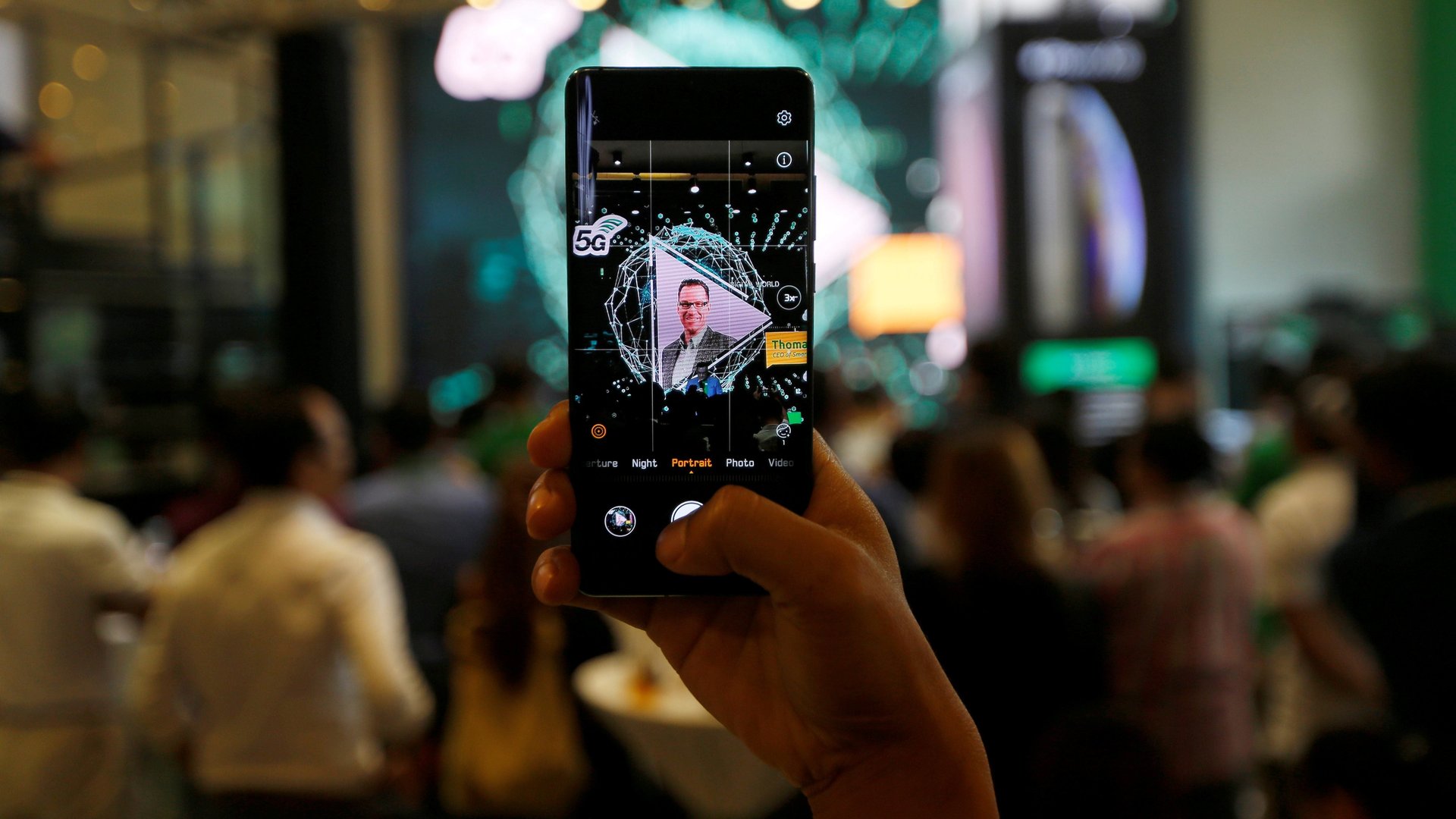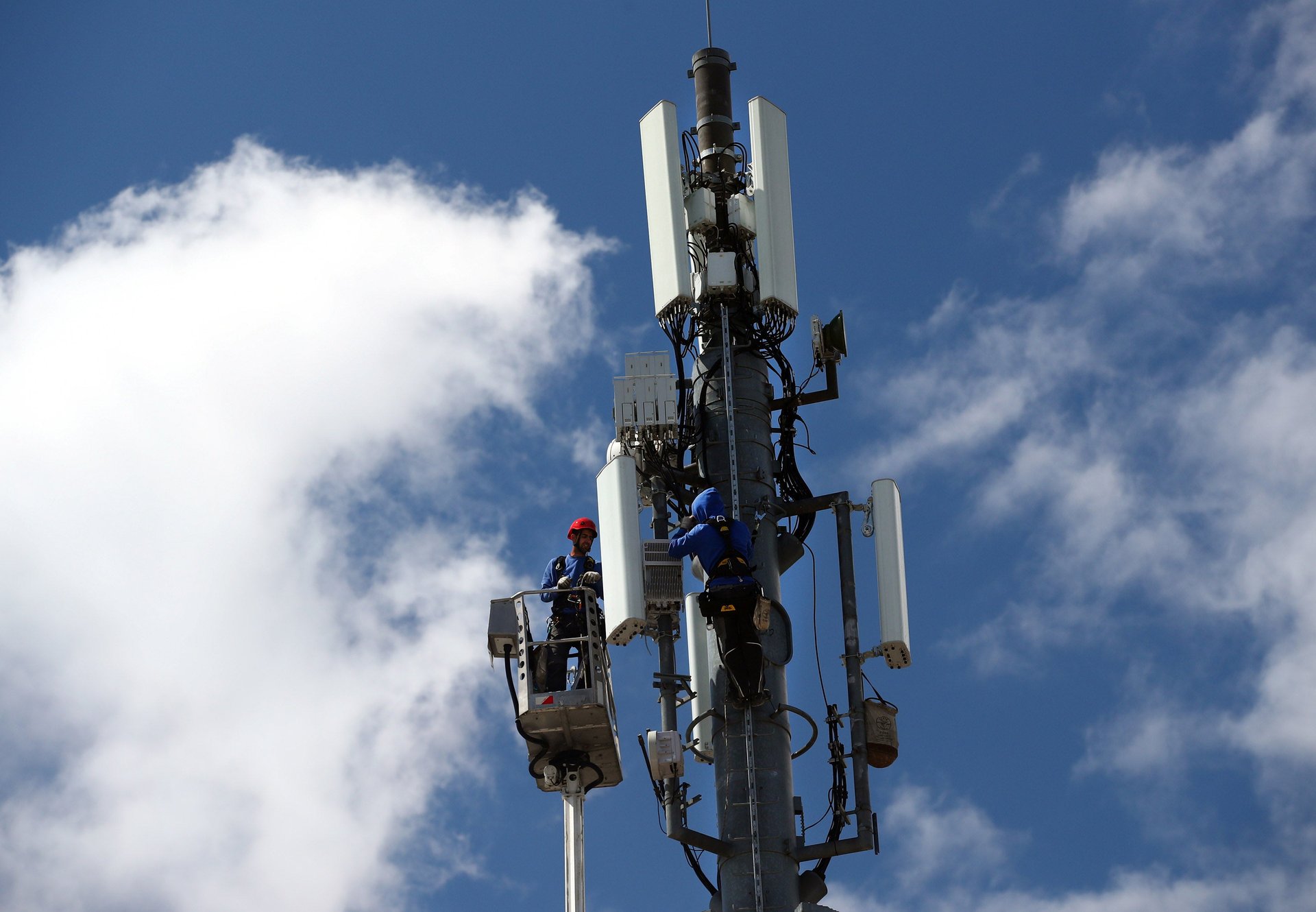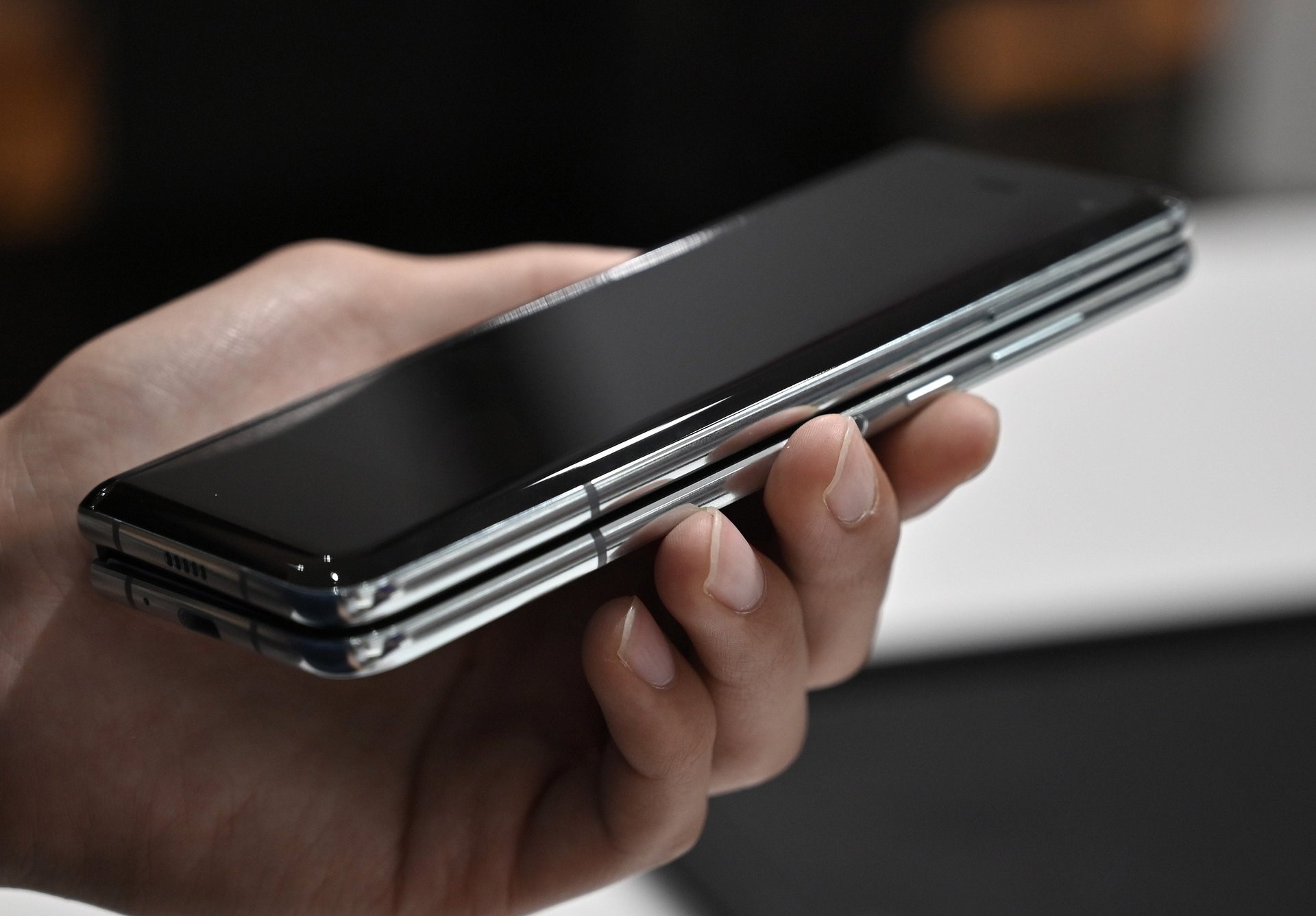Why design will make or break the 5G revolution
We are on the cusp of a communication revolution that—depending on who you ask—should take the world by storm in the next few years. Telecom companies and hardware manufacturers have been hard at work developing and rolling out the fifth generation of mobile communications standards, referred to simply as 5G.


We are on the cusp of a communication revolution that—depending on who you ask—should take the world by storm in the next few years. Telecom companies and hardware manufacturers have been hard at work developing and rolling out the fifth generation of mobile communications standards, referred to simply as 5G.
Some countries, like South Korea, have already seen a widespread rollout of new 5G networks, while others, like the US and UK, expect to have their networks up in many densely populated areas by the end of 2019. Handset manufacturers like Motorola and Samsung have also launched their first 5G-compatible smartphones. These devices are capable of transferring data at speeds up to 20 times as fast as the fastest 4G speeds, theoretically reaching up to 20 Gigabits per second.
That means you’d be able to download the contents of an entire 160-Gigabyte iPod (if you still have one, for some reason) in about one minute.
But in reality, this is just the beginning; 5G could reinvent the way that we communicate and interact with the world, much like the smartphone and 4G did before it.
The future will be faster, but it’s possible that the devices we’ll be using will look nothing like the glass-and-metal slabs we carry in our pockets today.

Ericsson, the Swedish electronics company that builds the radio technology 5G networks will rely on, recently commissioned a report to see what consumers are expecting from 5G. According to the report’s lead researcher, Jasmeet Singh Sethi, the more-distant future won’t look anything like what we know today, especially when it comes to the design of the devices we’ll be using.
“When we’ve spoken with consumers who carry the latest smartphones today, and you talk with them about 5G, what these users are saying is that the current form factor and feature sets cannot take advantage of the promise of 5G,” Sethi told Quartz.
While smartphones are great for reading the web, watching videos, and checking emails, there’s not much that a considerably faster connection speed will do for them that they can’t already do.
Sethi said that consumers surveyed around the world tend to use between 7GB-8GB of mobile data each month. It would be great to be able to load movies or tweets faster, but the experience will effectively be the same as it is today—just sped up.
What 5G will enable is completely new ways of interacting with data that go beyond viewing information on a screen, including ways that we don’t necessarily know yet. But seeing as we’re still just at the cusp of this potential revolution—many networks that have rolled out are still small in scale—it’s difficult to see where things will go just yet.
At mobile industry conventions, such as Barcelona’s Mobile World Congress held in February, 5G has been the dominant topic of conversation. But while many companies promote the new forms of communication these super fast networks will create, few offer new devices to use them on that are particularly transformative.

The future may be foldable
One sort-of stop-gap between today’s devices and whatever’s around the corner has been the forthcoming onslaught of foldable phones. These, including devices from Samsung, Huawei, and Xiaomi, have a simple selling point: 5G will soon let us stream far more content to our mobile devices, so why not have a device with as big a screen as possible that can still fit into our pockets?
These devices won’t be cheap, however: Samsung’s Galaxy Fold (which is already struggling with production issues) costs around $2,000, and Huawei’s will cost around $2,600. And there’s the near-certainty that these new 5G networks will also jack up your monthly data plans, as networks look to recoup the costs of installing the infrastructure.
And Sethi suggests that these devices may really just be a distraction.
“We’ve not looked at the pain points of these form factors of these devices,” he said, implying that a larger screen might not be enough for consumers to add a 5G device—along with whatever additional costs 5G network subscriptions will add—to their lives. What consumers are going to want to pay for is something truly transformative, in much the same way that the original iPhone was, compared to all the devices that came before it.
As Sethi said, “5G needs an iconic device”—and it probably won’t be the smartphone. For him, and the consumers his team surveyed, the appeal of 5G will really take off when we have devices that provide completely new experiences, like overlaying information on the physical world. According to him, “Augmented reality glasses are going to be the driver for the need for 5G.”
We’re still in the early stages of AR technology today. There have been successful video games like Pokémon Go, and apps like Snapchat, that have shown how information can be overlaid to augment or inform people’s experiences in the real world, but they’re just the beginning.

Early AR proponents like Apple, Google, and Microsoft, have envisioned apps that can overlay the statistics of a baseball player while a fan sits and watches a ball game, map apps that can draw giant arrows on the road to show you which way to go, and aids that virtually project instructions onto products in front of an assembly-line worker. These are all happening today, but they’re slow, processor-heavy applications that can quickly burn through the battery of a mobile device.
5G will allow these sorts of experiences to happen in the blink of an eye, and make the user feel as if the visuals are truly there as an integral part of reality.

The future will be faster
It’s important to point out that 5G’s most promising upgrade isn’t just that we’ll be able to stream more data more quickly, but that the lag time between when a piece of information is requested and when it’s received will fall precipitously.
This lag time is called latency in internet connections. Across US mobile networks, it tends to be around 50 to 60 milliseconds. While that might seem extremely fast if you’re downloading a webpage—it’s about half a second, on average—it’s very noticeable if you’re doing something that requires you to feel like you’re really there. Take virtual reality, for example. The human brain can perceive images in just 13 milliseconds. So if you’ve ever tried out a VR game and noticed that there’s a slight lag between your actions and what you’re seeing in front of you, that’s because the game isn’t rendering quickly enough to fool your brain into believing that what you’re seeing is real life.
It’s possible that this can give you motion sickness. But for systems like the ones Sethi has described, the latency in the mobile network would need to be so slight that a user could request something, have that sent to the web, and the information beamed back to them in less than about 13 milliseconds in order for the user to perceive virtual information as the real world. In testing, engineers have gotten 5G networks down to a latency of less than 10 milliseconds.
“Latency will become the new speed,” Sethi said.
What this means is that in the future, it could be possible to pilot a remote vehicle as if you were in the driver’s seat; perform a surgery on someone thousands of miles away as if you were in the operating theater; or even conduct a concert where half of the band members haven’t left their homes.
Most network operators are rolling out their 5G networks in phases, mostly because it’s proven to be quite a difficult task. Many are starting by just adding higher speeds, essentially adding new radio technologies to existing cell towers, because this won’t be as much of a heavy lift as decreasing latency. To do this, cell companies will have to add considerably more radios that utilize a shorter wavelength than 4G radios.
Some argue that this will mean exposing cities to under-researched radio frequencies, and others say it won’t be financially possible to bring this sort of coverage to less-populated—and by default, less affluent—areas.
So, yes, the 5G wave is coming. But it’s not likely to be the revolutionary supercharging of mobile networks everywhere that many have dreamed of. And at least in many parts of the world, where the 5G wave hits, and how, will be a telling metric for our mobile futures.